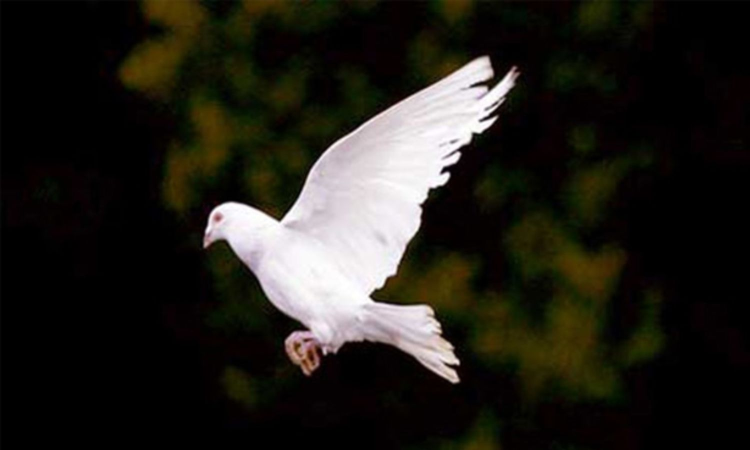Editorial: Put a stop to pigeon feeding
Scientists and epidemiologists are increasingly drawing attention to the risks posed by unchecked pigeon populations in urban areas.

Representative Image
For many urban residents, pigeons are an unremarkable part of the cityscape—perched on window ledges, dotting public squares, and fluttering about railway stations. But behind this innocuous presence lies a mounting public health concern. Scientists and epidemiologists are increasingly drawing attention to the risks posed by unchecked pigeon populations in urban areas. It is high time that municipal corporations across the country recognised these birds as vectors of disease and placed mitigation firmly on their public health agendas.
Pigeon populations are surging in cities across India and the world, driven by a combination of misinformed feeding practices, lack of predators, and architectural features that make nesting easy. In Delhi, the pigeon population is estimated to have doubled in the last decade. Civic officials in Mumbai noted a significant increase in complaints about pigeon droppings and roosting in high-rises. Bengaluru’s Cubbon Park and several areas in Hyderabad have near-constant pigeon presence, facilitated by community feeding practices and construction of high-rises.
Pigeon population booms are not benign. They are known carriers of pathogens harmful to humans, particularly affecting those with weakened immune systems or respiratory vulnerabilities. According to research published in the Journal of Clinical and Diagnostic Research and by the US Centers for Disease Control and Prevention (CDC), pigeon droppings harbour fungi that can cause serious lung infections called cryptococcosis and histoplasmosis. Inhalation of dry dust arising from pigeon guano or contact with contaminated surfaces is the typical route of infection.
One lesser known but potentially fatal condition linked to pigeons is called the pigeon breeder’s lung, an inflammatory response triggered by inhaling proteins found in pigeon droppings and feathers. The Indian Chest Society has documented a rise in such cases, particularly among residents of high-rises where pigeon nesting on balconies and AC units is common. The World Health Organisation acknowledges that a pigeon-related respiratory infection called psittacosis is now a major health concern in densely populated urban neighbourhoods, where air quality is already compromised.
Globally, some cities have taken note of pigeon populations as a public health problem and it is time Indians did so too. Some municipalities employ falcons to deter pigeons and some have tried culling — over the protests of animal rights groups. But the more efficient method is to work on the food available to the birds. Choking off food availability curtails breeding over the medium term. Singapore imposes strict penalties on public feeding of pigeons, coupling it with improved urban design to reduce roosting opportunities. In Venice, feeding pigeons has been banned since 2008, with fines of up to 500 euros. India is only just waking up to the problem, with isolated and reactive efforts like netting and anti-roosting spikes in public buildings.
To make a real impact, Indian cities, which are already grappling with high levels of air pollution and a rise in non-communicable respiratory diseases, must first acknowledge that pigeon overpopulation is an urban health problem. Then, municipal health departments need to include avian-borne illnesses in their monitoring protocols and urban planning bodies must integrate bird-proofing measures into building codes, especially for public hospitals, schools, and markets. Neighbourhood GP must be enlisted for awareness campaigns on the health effects of living next to pigeons.



